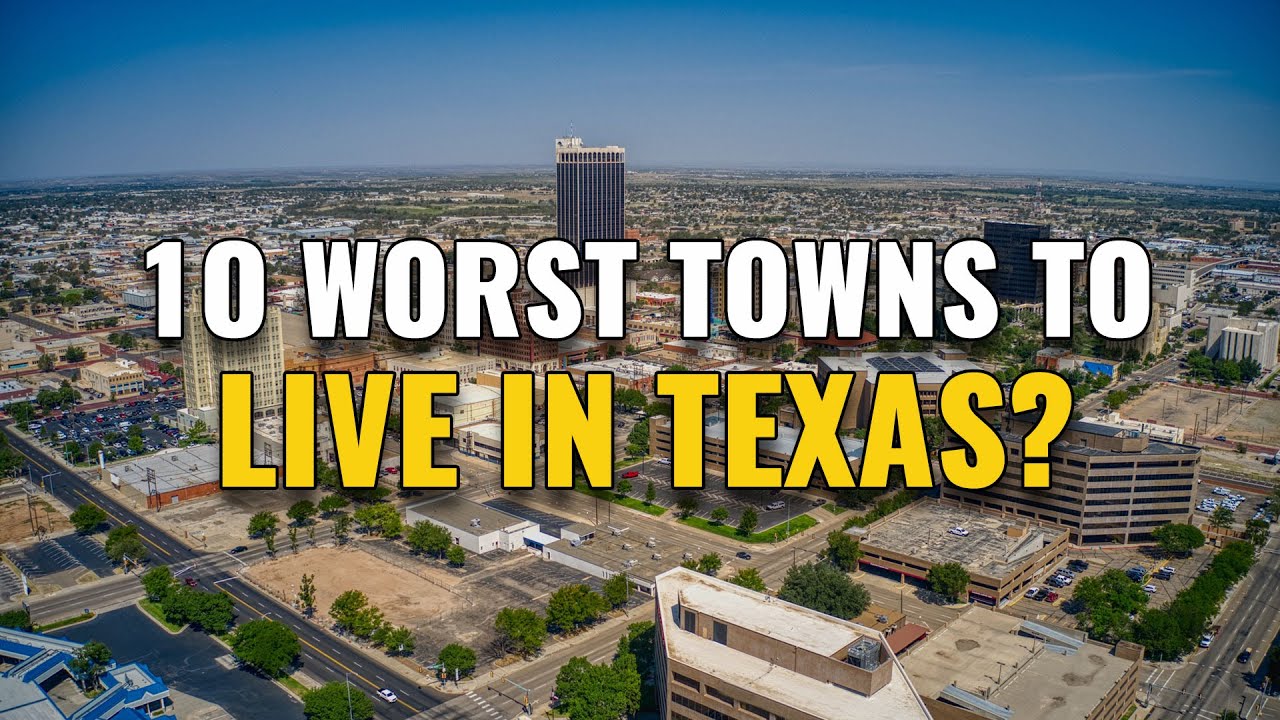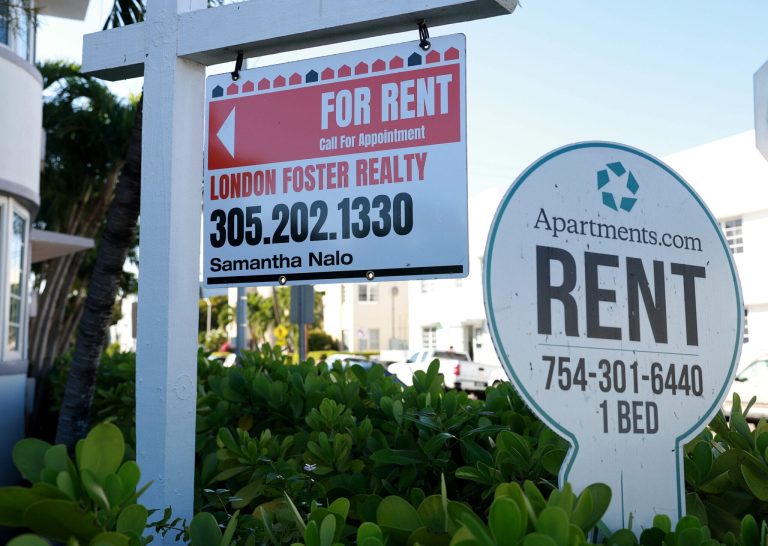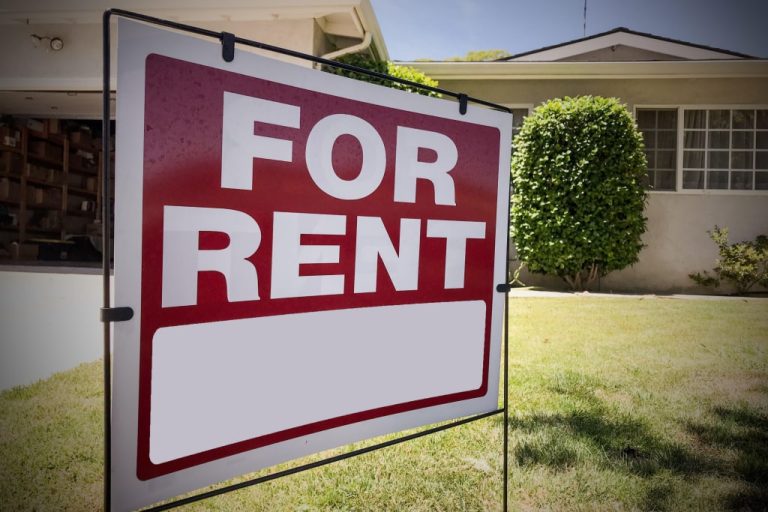Texas is a magnet for those seeking a taste of the Southern lifestyle, exciting cities, and economic opportunity. The Lone Star State boasts a unique charm, but like anywhere, there are places where the quality of life leaves something to be desired. This article explores the top 5 contenders for the least desirable places to live in Texas and the reasons behind their rankings.
Understanding the Rankings
Before diving in, it’s important to understand how these rankings were determined. This analysis focused primarily on:
- Crime Rates: Areas with high rates of violent and property crime create an unsafe environment and lower the overall quality of life.
- Poverty Levels: High poverty rates signify broader economic hardship and can indicate neighborhoods with limited resources and opportunities.
- Education Quality: Strong schools are essential for a community’s well-being. Places with subpar schools restrict opportunities for children and negatively impact the future of the local population.
- Employment Outlook: A stagnant job market makes financial stability difficult and may lead to population decline.
- Cost of Living: Areas where housing, food, and other necessities are disproportionately expensive relative to local incomes put a heavy financial burden on residents.
Data for this article was primarily gathered from reputable sources like the FBI Uniform Crime Reporting (UCR) Program, the U.S. Census Bureau, Niche, the Texas Education Agency (TEA), and the Texas Department of Public Safety.
The 5 Worst Places to Live in Texas
Important Note: This list is rooted in statistical data. Communities are dynamic, and these rankings can shift over time. Moreover, individual experiences may differ from the overall trends.
1. Port Arthur
This Southeast Texas city near the Louisiana border consistently struggles with several issues. High violent and property crime rates significantly exceed state and national averages. Additionally, elevated poverty levels plague the community. Port Arthur’s economy relies heavily on the oil and gas industry, leaving it vulnerable to downturns in that sector. Residents also express concern about environmental issues stemming from the nearby industrial facilities.
2. Huntsville
Home to several state prisons, Huntsville (north of Houston) has a unique challenge: an economy dominated by the correctional system. This dependence creates a transient atmosphere, as both prison employees and released individuals may not establish permanent roots in the area. Job opportunities outside the prison system are limited, and the schools in Huntsville tend to receive lower ratings than those in surrounding areas.
3. Donna
Located in the Rio Grande Valley near the Mexican border, Donna grapples with extraordinarily high poverty rates. Crime rates also exceed state and national averages. Economic opportunities are scarce, and the town’s schools consistently underperform in state rankings. While its location near the border could offer unique potential, Donna has yet to overcome its substantial challenges.
4. Robstown
Situated near Corpus Christi, Robstown faces elevated levels of both poverty and crime. The area lacks a diversified economy, making job prospects limited. There are also concerns surrounding the quality of the local schools. While Robstown might offer affordable housing, considering the full picture reveals significant quality-of-life tradeoffs.
5. Cleveland
Located northeast of Houston, Cleveland contends with crime rates above the national average. Economic revitalization in the area has been slow, leaving residents with limited job options. Additionally, Cleveland’s school performance lags behind neighboring districts, raising concerns about educational opportunities for families.
Things to Keep in Mind
- Fluctuating Data: It’s vital to check the most up-to-date statistics. Communities can make strides to improve conditions, or sometimes, unfortunately, decline further.
- “Worst” is Subjective: People have different priorities. Factors like walkability, cultural offerings, or proximity to nature might outweigh the core metrics used in this analysis for some individuals.
- Finding Positives: Even towns facing challenges can possess redeeming qualities. Friendly people, unique local businesses, or a strong sense of community might exist alongside the hardships.
Conclusion
Texas offers a vast array of living options, but unfortunately, not all cities and towns provide the same quality of life. Port Arthur, Huntsville, Donna, Robstown, and Cleveland all face significant hurdles related to crime, poverty, education, and economic opportunity. These underlying problems contribute to lower quality-of-life scores across various rankings.
It’s essential for anyone considering a move to Texas, or anywhere for that matter, to diligently research a potential new location. Look beyond a city’s general reputation and dig deeper into the statistical realities to get a realistic picture.
Additional Resources
If you’re considering a move to Texas, here are some resources to help you evaluate different places:
- City-Data.com: Provides in-depth statistical breakdowns on cities and towns
- BestPlaces.net: Offers comparison tools and quality-of-life scores for various locations
- Texas Tribune: Local news source covering a wide range of issues that impact communities (https://www.texastribune.org/)
- Local Chamber of Commerce Websites: Can provide information on economic development and business climate in an area.



